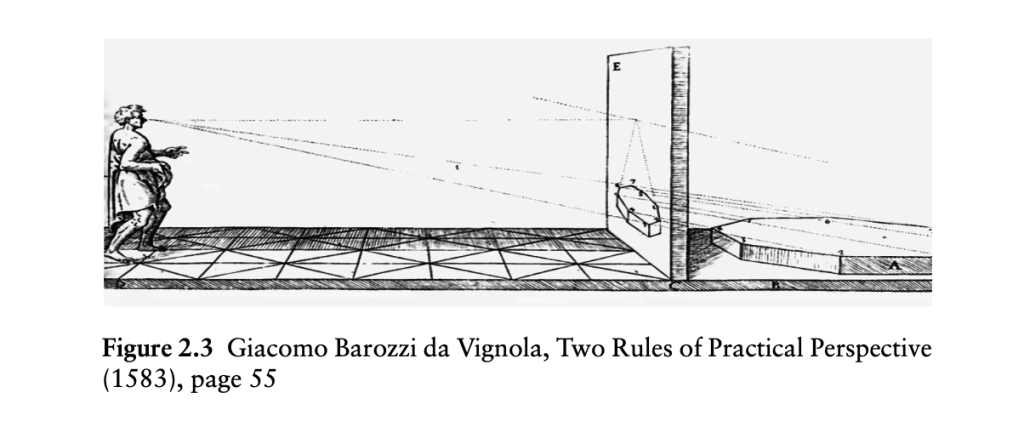
by Steven Monte
Tell us a bit about your book…
The book is essentially about two things: reading Shakespeare’s Sonnets as an intricately organized collection and situating it within the literary marketplace of Elizabethan England, in which poets were fiercely competing with each other. In this light, Shakespeare’s work emerges as something more beautiful and strange — individual poems take on new meanings in light of the organizational structure and Shakespeare becomes more of a poet-playwright. Shakespeare’s artistic ambitions, if not his biography, are written all over the sonnets.
What inspired you to research this area?
I was inspired to research this area because I became fascinated with the genre of the sonnet sequence (whose conventions remain understudied) and with the idea that Shakespeare was an ambitious poet. I was also interested in the milieu in which Shakespeare wrote his sonnets and how Shakespeare’s sequence is at once unique and typical of its time.
What was the most exciting thing about this project for you? Did you discover anything strange or surprising?
The most exciting part of the project was the discovery: Shakespeare’s sonnets are some of the most studied poems of the Renaissance, and yet there was something significant to be found there. Equally exciting was puzzling out how something so important and “hiding in plain view” could be lost to history. The surprise in the discovery did not end with finding what I call the “basic scheme” of the sequence (its pyramidal structure): there was organization within organization, and this was the sort of thing other Elizabethan poets pursued.
Did your research take you to any unexpected places or unusual situations?
Beyond the unusual organizational schemes in Shakespeare’s Sonnets and other sequences, I would call attention to two unexpected contexts: the science of perspective in the visual arts, and Shakespeare’s life. Like other Elizabethan poets, Shakespeare was fascinated with optical illusions and with how visual representations might skew or enhance reality. Treatises on visual perspective (see figure) often make use of pyramidal sight lines to explain the art, and Shakespeare combines this idea with the literary tradition of creating works that will “outlast the pyramids.” The distorting power of representation is also thematically central to the sonnets and is linked to the distorting power of love and hate. As for Shakespeare’s life, I shed new light on the identities of the “fair youth” and the “rival poet,” and I offer suggestions about when the sonnets were written and why they were not published until after the main Elizabethan vogue for sonnets.

Has your research in this area changed the way you see the world today?
Yes — through noticing the ways in which “seeing the world” is essential to Shakespeare’s sonnets, I came to feel that his art was modern in an unexpected way. Shakespeare is sometimes considered modern because of his Hamlet-like self-consciousness; be that as it may, the sonnets point to something more extraordinary in my view: that our views of the world and of each other are inevitably distorted, and that self-awareness is inevitably partial. Ultimately, I see Shakespeare’s Sonnets as a work that, for all of its ambition and striving toward perfection, accepts imperfection in itself and therefore in others.
What’s next for you?
My next projects will expand the literary-historical context of this book — toward France. In my research for the book, it became clear to me that many of the conventions of the sonnet sequence had immediate predecessors among sixteenth-century French poets, though of course they ultimately go back to Petrarch. I plan to write some articles on the connections between French and English poets in the sixteenth century and to publish an anthology of French sonnets in verse translations.
About the Author
Steven Monte is Full Professor of English at the College of Staten Island (CUNY). He has also taught at the University of Chicago and at Yale University, from which he received his doctorate in Comparative Literature. His scholarship focuses on Renaissance and post-Romantic poetry in English and French. His book publications include Victor Hugo: Selected Poetry (Carcanet, 2001; Routledge, 2002) and Invisible Fences: Prose Poetry as a Genre in French and American Literature (Nebraska, 2000). His articles are on subjects ranging from the Renaissance sonnet sequence to Emily Dickinson and difficulty in modern poetry. He is currently working on a verse translation of Joachim Du Bellay’s Les Regrets.
About the Book
This book argues the idea that Shakespeare was deeply engaged with other poets and with pursuing a career as a poet, and that the organisational schemes of the Sonnets have been hiding in plain sight for over four centuries.






